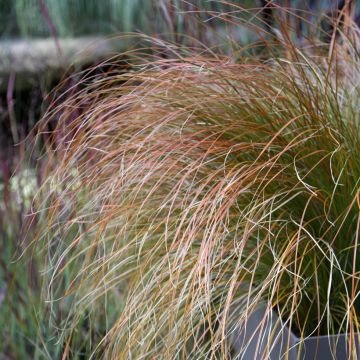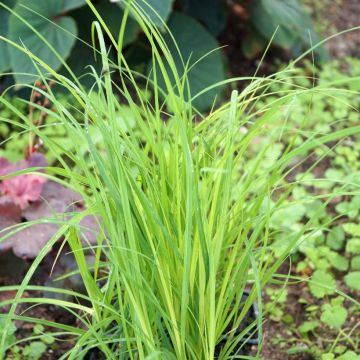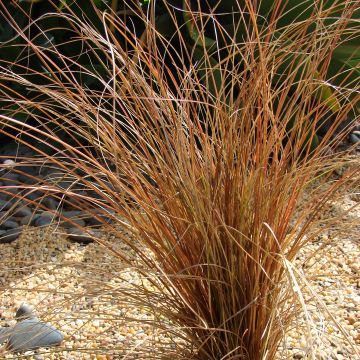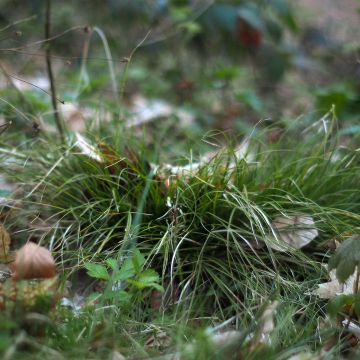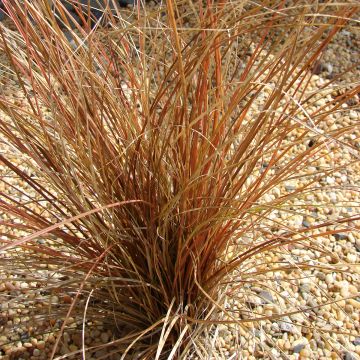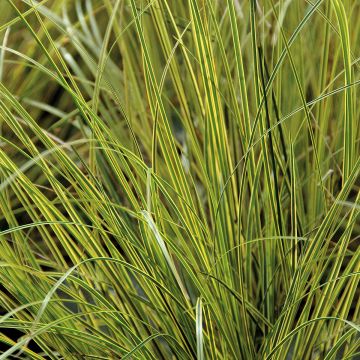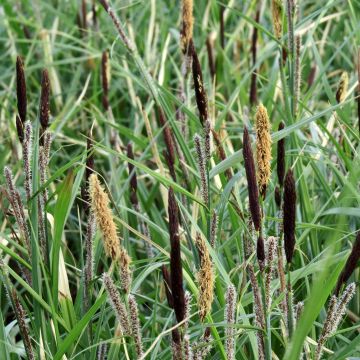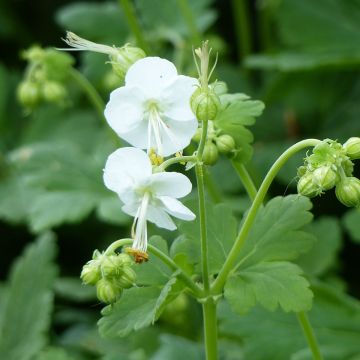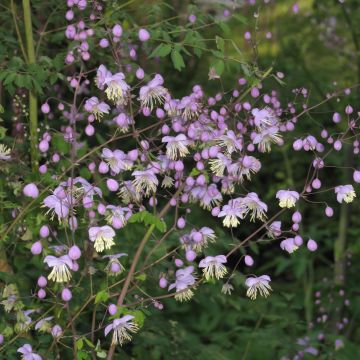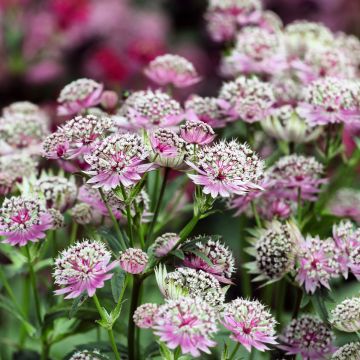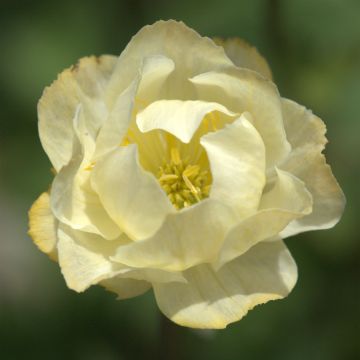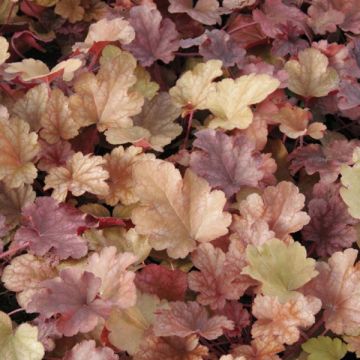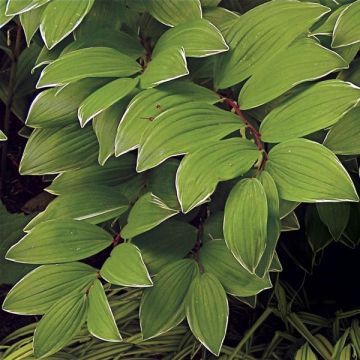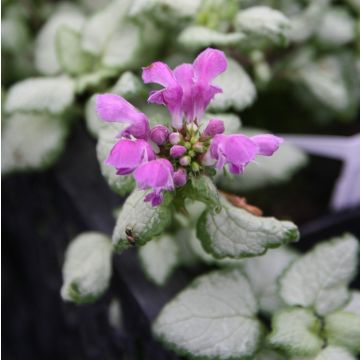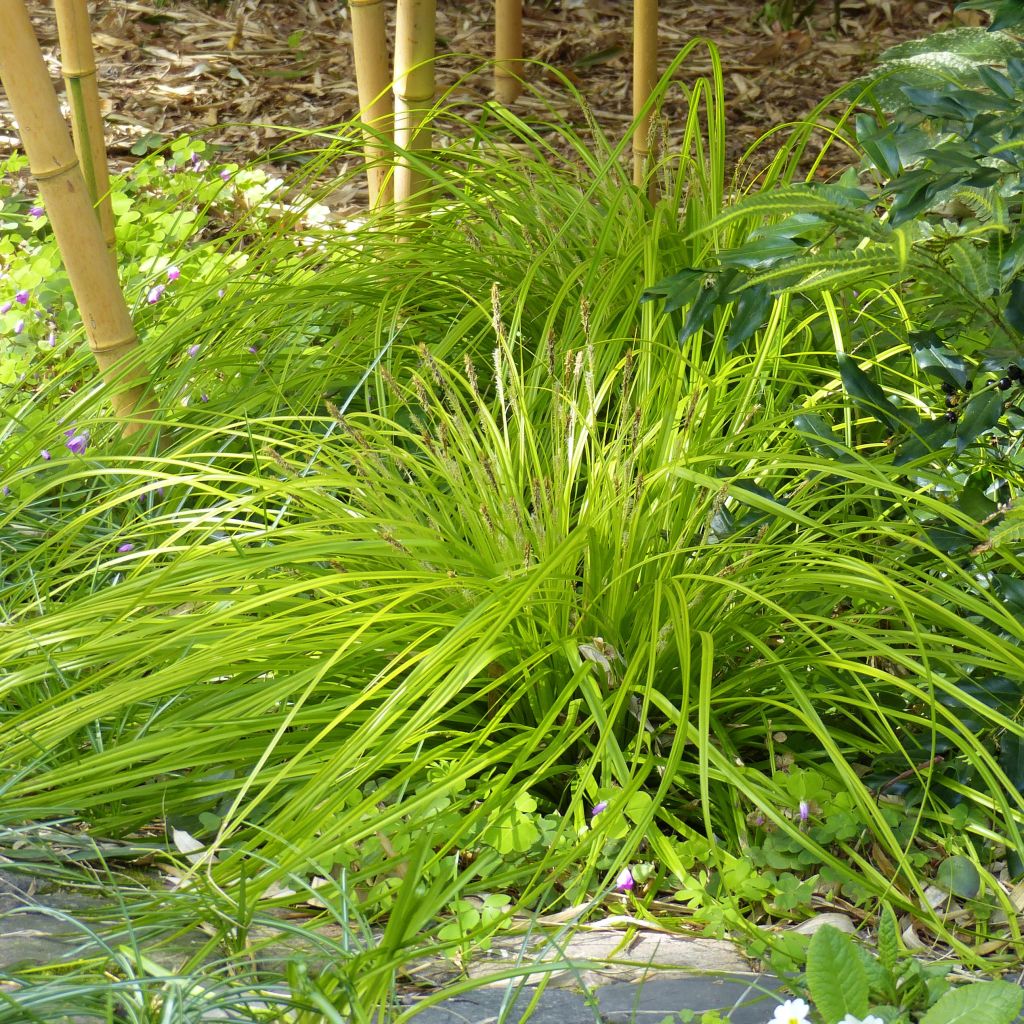

Carex oshimensis Everillo - Oshima Sedge
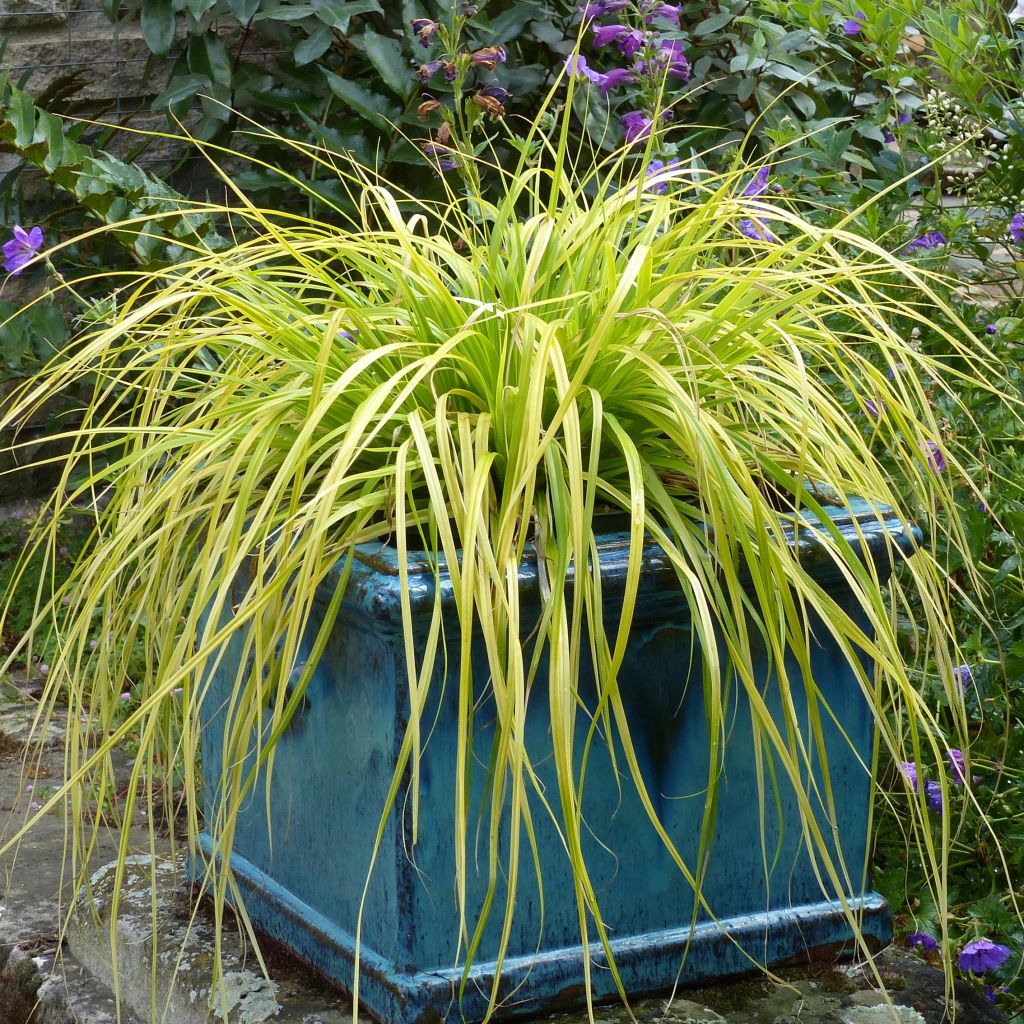

Carex oshimensis Everillo - Oshima Sedge
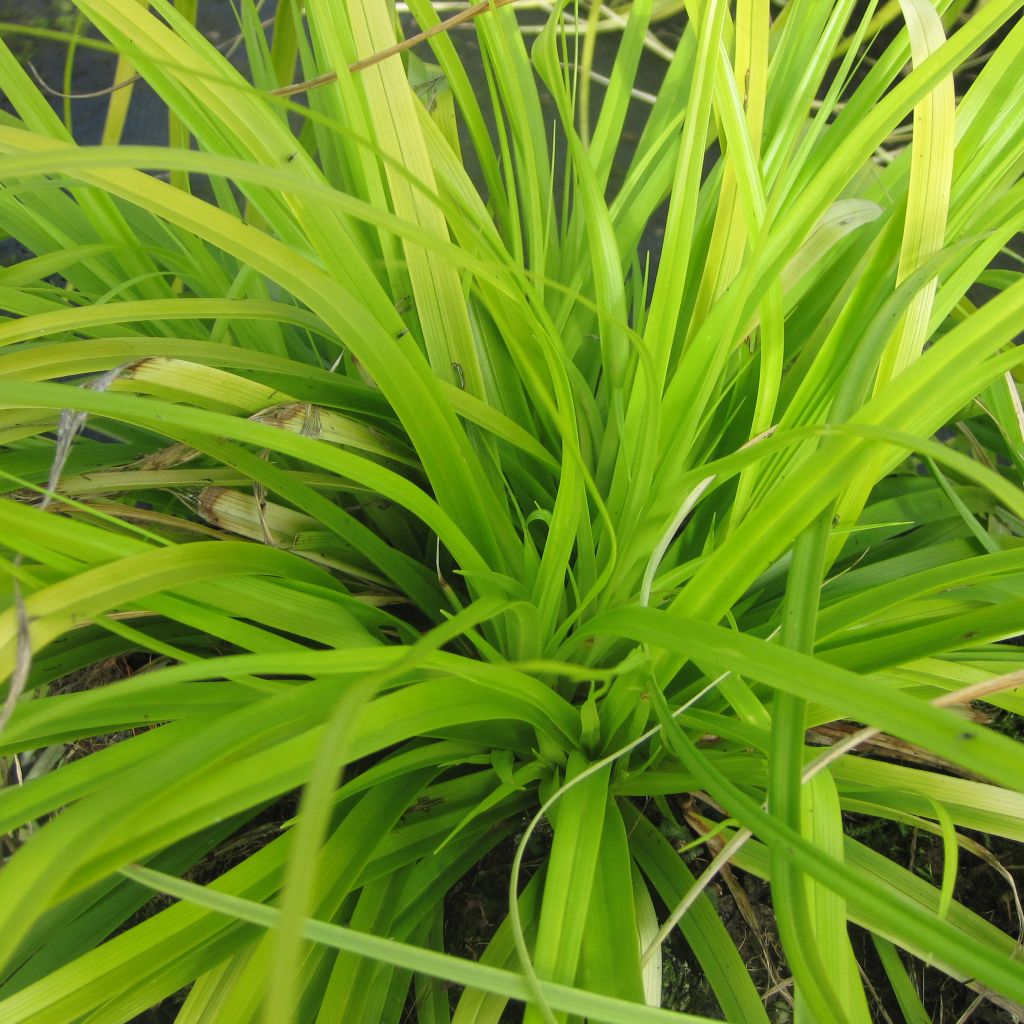

Carex oshimensis Everillo - Oshima Sedge
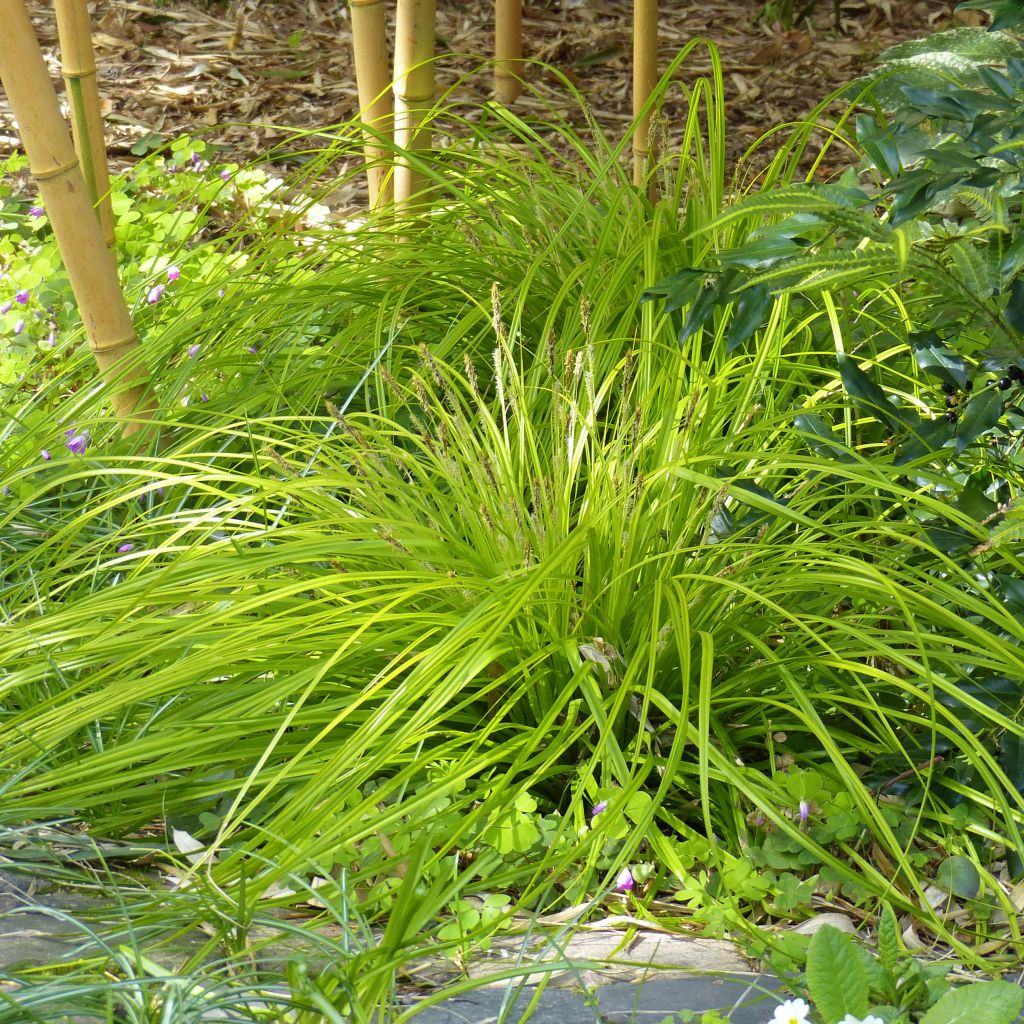

Carex oshimensis Everillo - Oshima Sedge
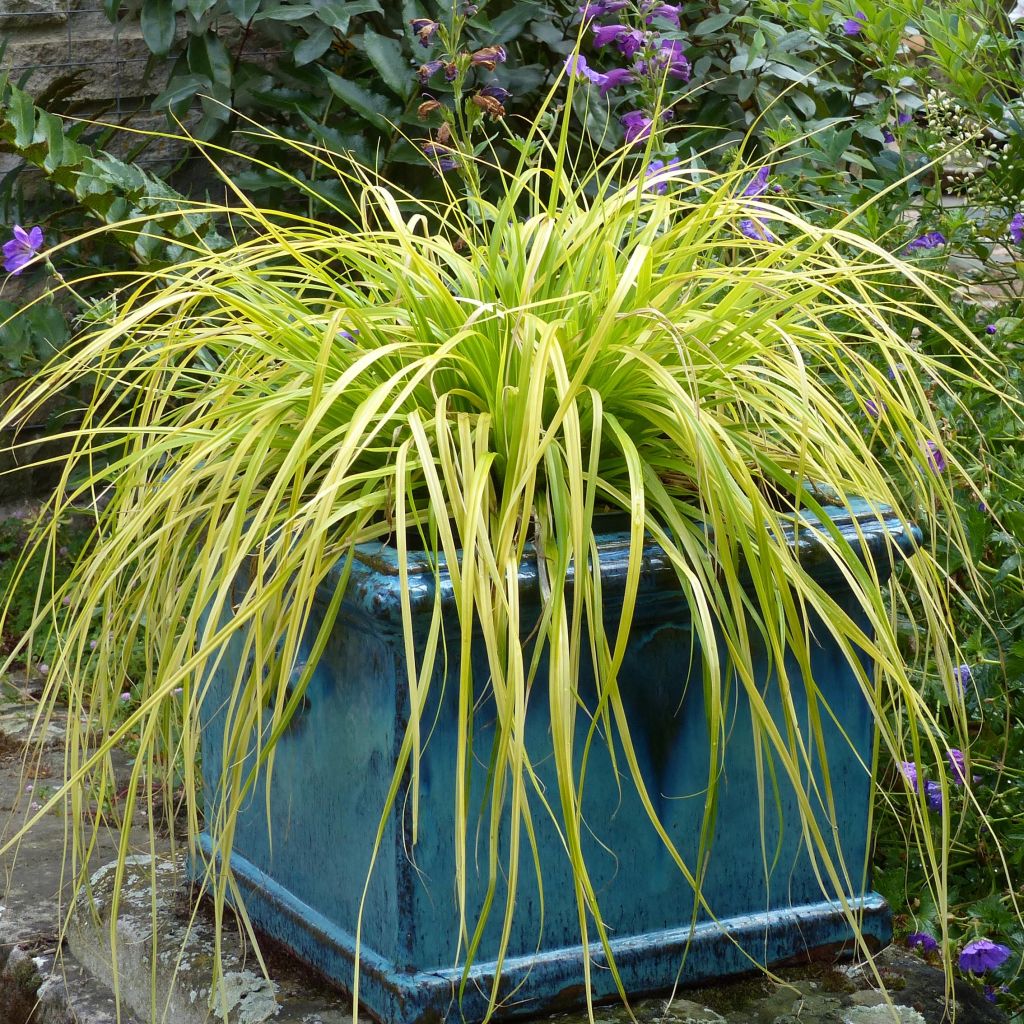

Carex oshimensis Everillo - Oshima Sedge
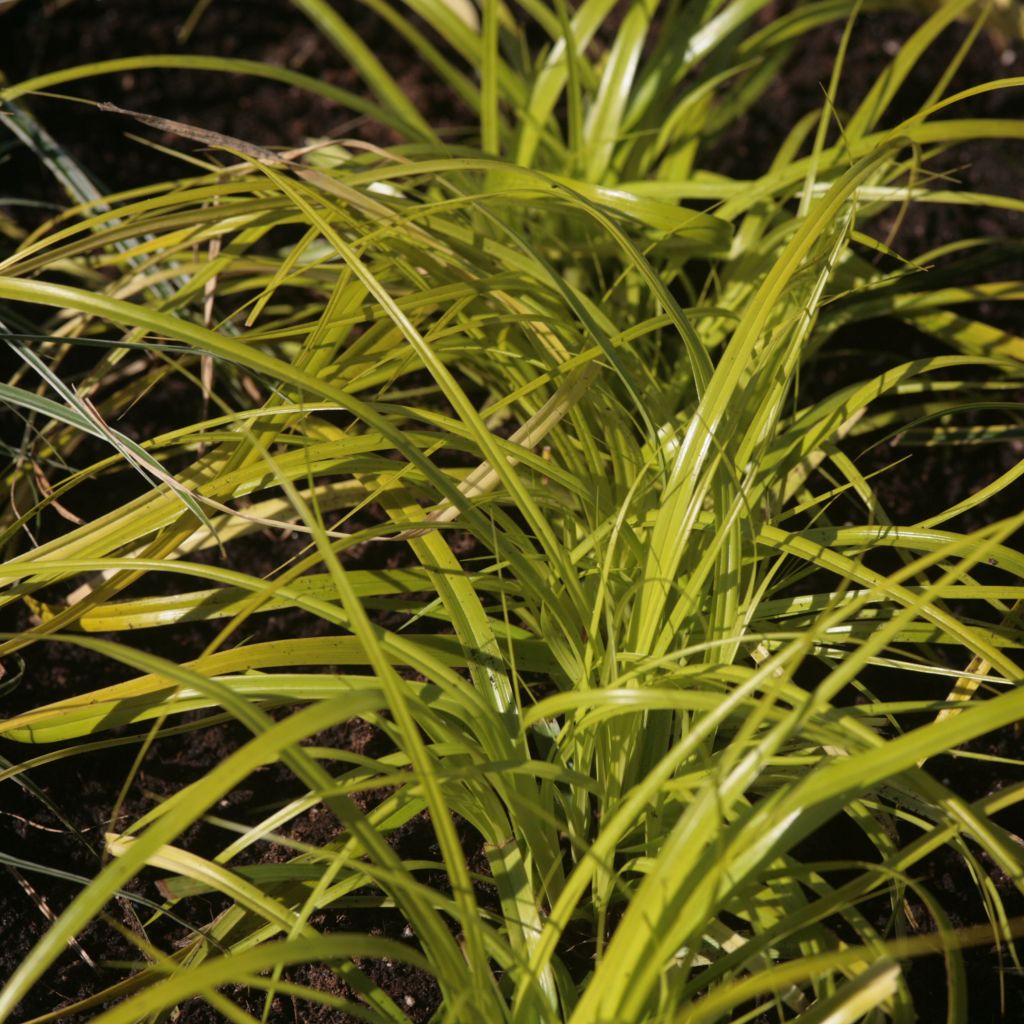

Carex oshimensis Everillo - Oshima Sedge
View more pictures
Hide images
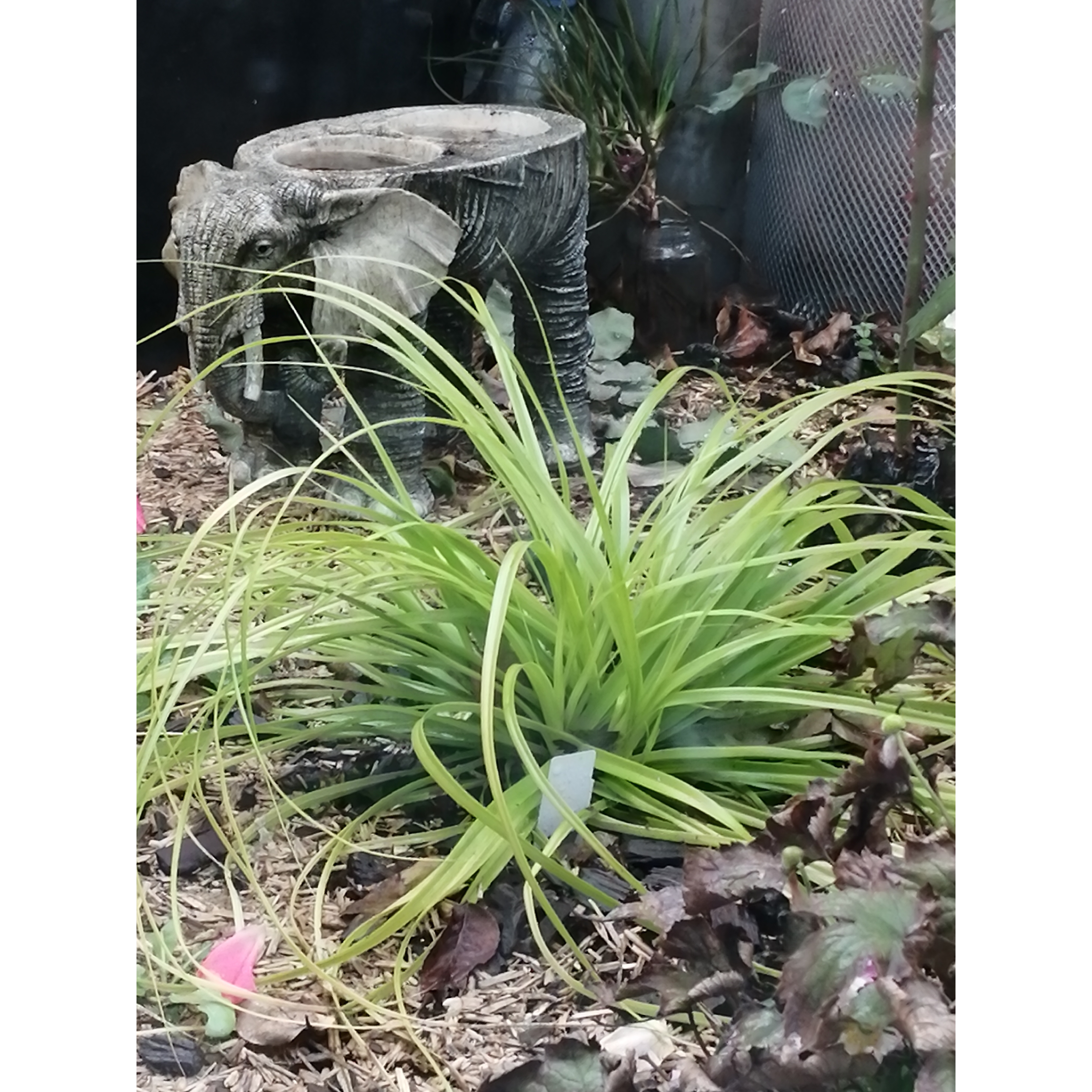
Guillaume G.

Everillo October 2020
Guillaume G. • 95 FR
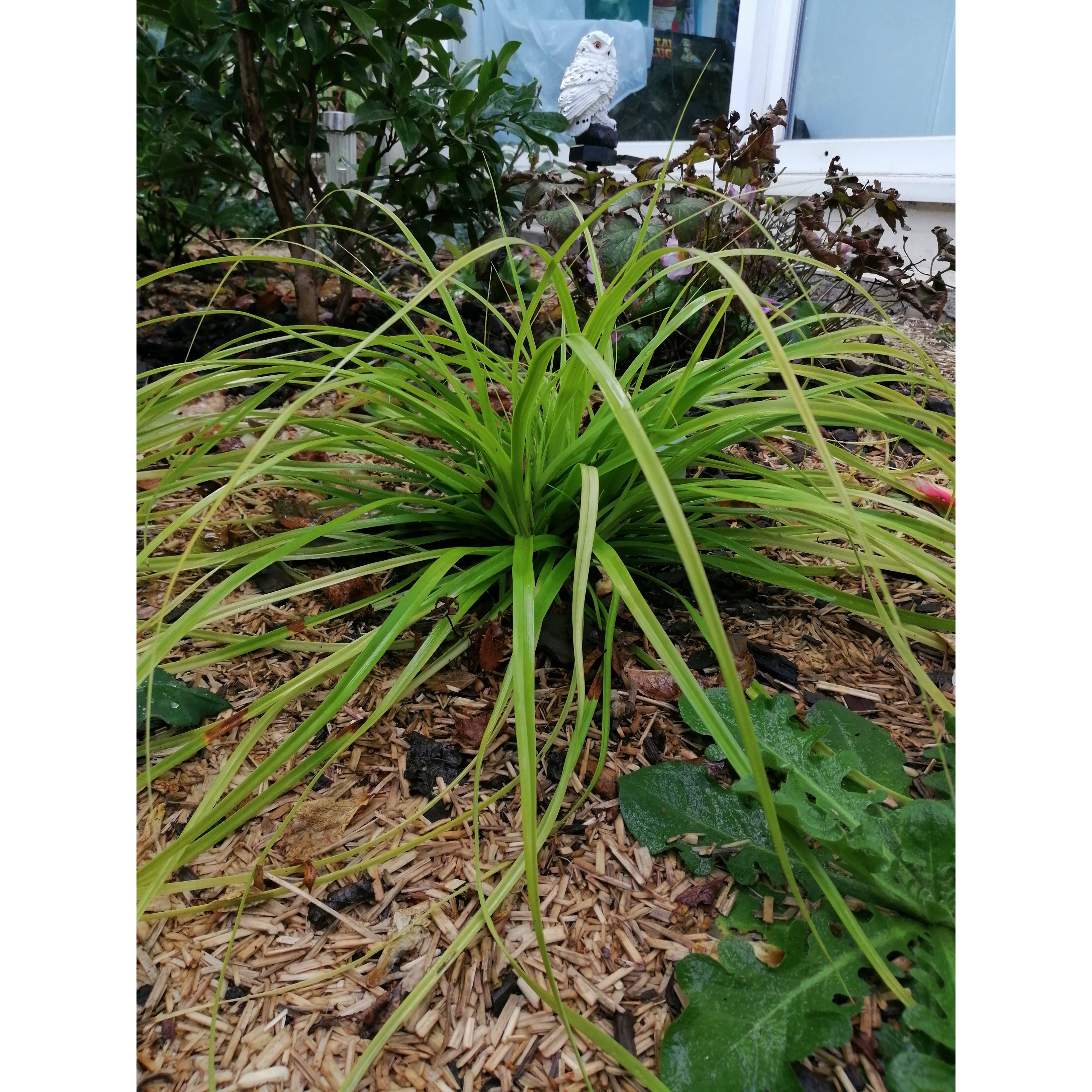
Guillaume G.

Everillo October 2020
Guillaume G. • 95 FR
Carex oshimensis Everillo - Oshima Sedge
Carex oshimensis Everillo®
Evergreen Sedge, Oshima Sedge, Japanese Sedge
Quite disappointed with the size compared to my previous order, but the young plants are still fresh and vigorous nonetheless.
Christine, 16/10/2025
Special offer!
Receive a €20 voucher for any order over €90 (excluding delivery costs, credit notes, and plastic-free options)!
1- Add your favorite plants to your cart.
2- Once you have reached €90, confirm your order (you can even choose the delivery date!).
3- As soon as your order is shipped, you will receive an email containing your voucher code, valid for 3 months (90 days).
Your voucher is unique and can only be used once, for any order with a minimum value of €20, excluding delivery costs.
Can be combined with other current offers, non-divisible and non-refundable.
Home or relay delivery (depending on size and destination)
Schedule delivery date,
and select date in basket
This plant carries a 6 months recovery warranty
More information
We guarantee the quality of our plants for a full growing cycle, and will replace at our expense any plant that fails to recover under normal climatic and planting conditions.

Would this plant suit my garden?
Set up your Plantfit profile →
Description
Carex oshimensis Everillo®, also known as Oshima sedge, forms a small graceful and flexible tuft, with lemon yellow or lime green ribbon-like foliage that plays with the light. Lighter or darker depending on its exposure, this little fountain will eventually form a very original ground cover. Its autumn flowering is discreet, with small brown, almost black spikes. This grass is superb as a border plant or in a container, in moist but well-drained soil, in partial shade to accentuate the tangy colour of its foliage.
Carex oshimensis Everillo is a sedge belonging to the Cyperaceae family. This small grass with short rhizomes forms a clump with a compact, upright and cascading habit, reaching 50 cm (19.7 in) in height and 50 cm (19.7 in) in diameter. Its evergreen, grass-like leaves can grow up to 60 cm (23.6 in) in length. Their edges are tapered and their tips drooping. The lime green hue that adorns them is more visible when the plant is grown in partial shade, or more lemon yellow if in full sun. In autumn, short brown-black spikes measuring 1 to 3 cm (1.2 in) appear among the foliage, carried on thin stems reaching 15 cm (5.9 in) in height.
The Everillo® sedge is a small, refined 'herb' with a minimalist style that will create a beautiful bouquet of foliage overflowing from pots. While capable of standing alone, this plant can also bring a lot of lightness to the lush foliage of rodgersia or the plumes of ferns, and pairs well with heucheras. As this grass appreciates moist to wet soils, it will naturally find its place in water gardens, on banks or along the edge of a water feature, where it will help stabilise the ground. Plant as a border plant in perennial beds. For a beautiful wild effect, plant en masse in a contemporary or countryside garden. This carex tolerates occasional drought well, allowing it to be included in rock gardens, alongside cotton lavenders and wormwoods. It will bring a lot of light and a touch of spring to the heart of winter, along with conifers, when all other flowers have left the beds.
Report an error about the product description
Carex oshimensis Everillo - Oshima Sedge in pictures
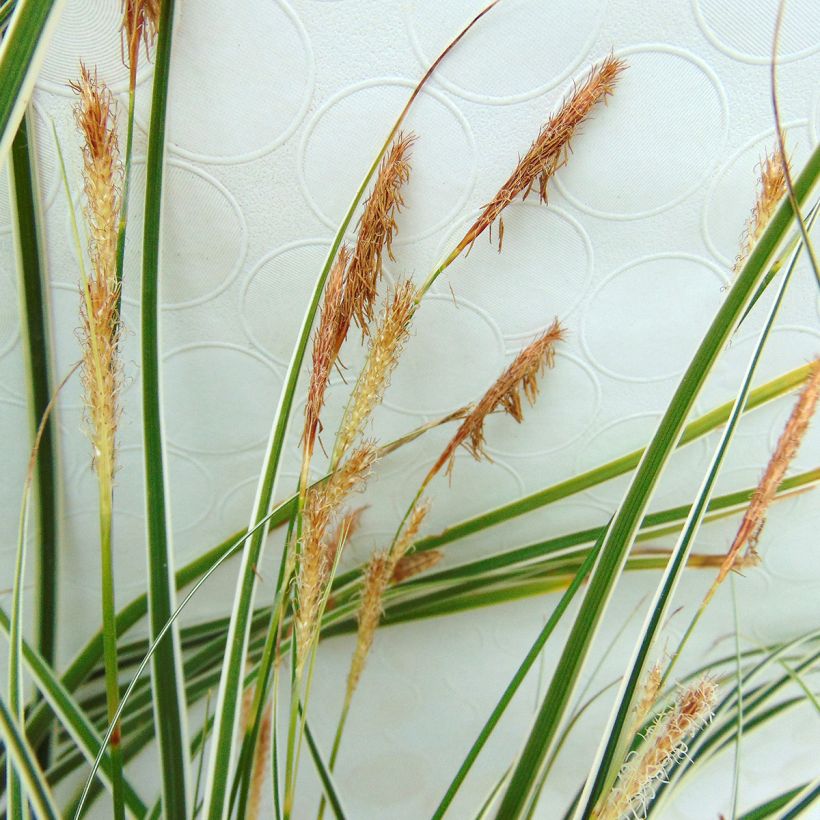

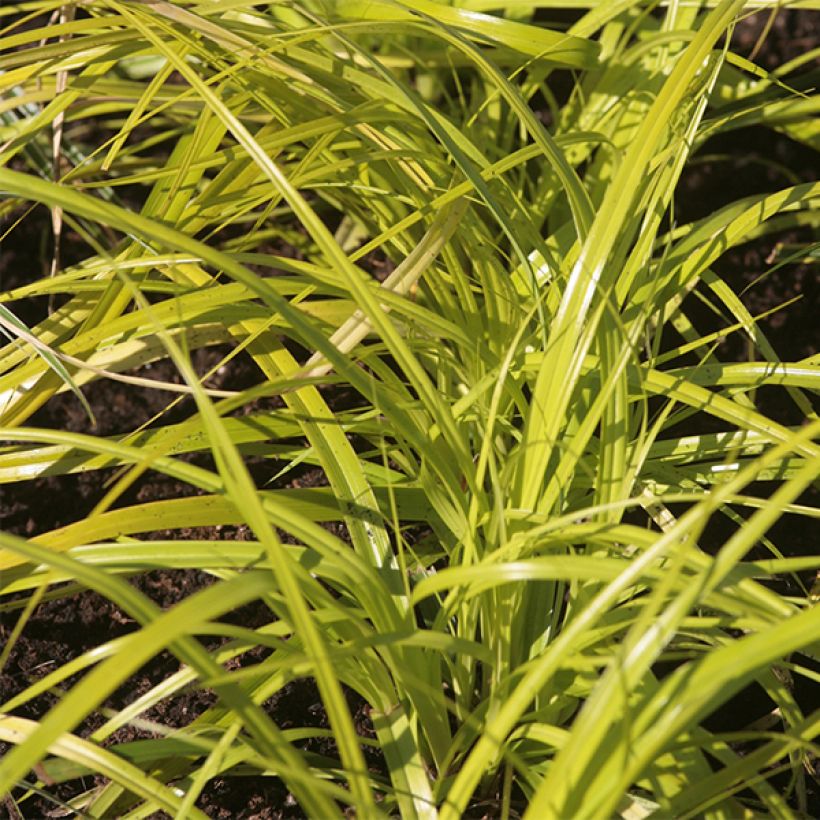

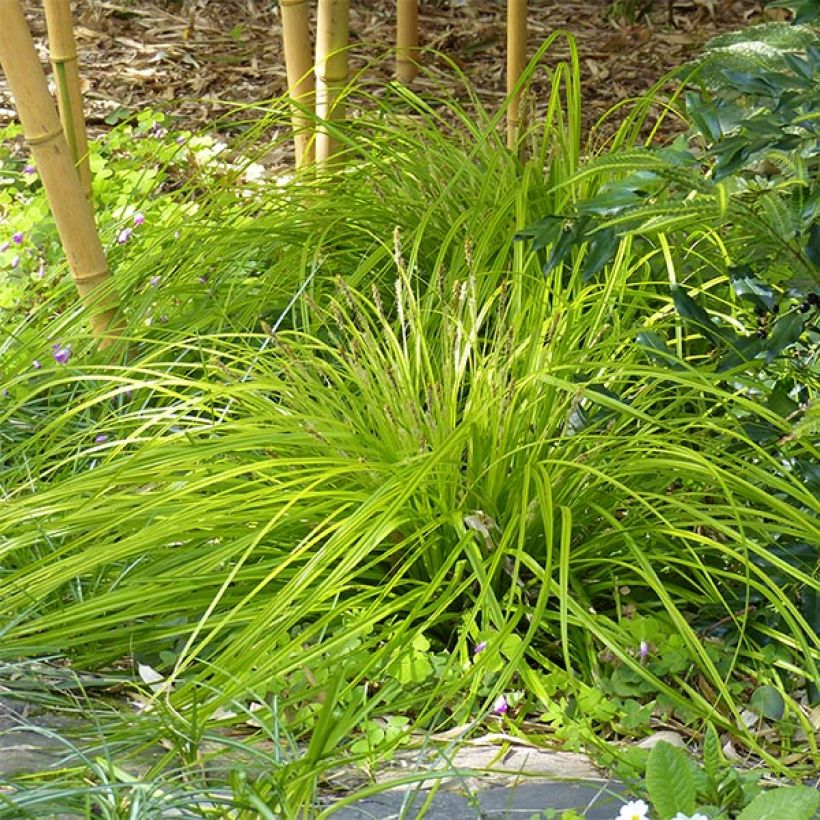

Flowering
Foliage
Plant habit
Botanical data
Carex
oshimensis
Everillo®
Cyperaceae
Evergreen Sedge, Oshima Sedge, Japanese Sedge
Cultivar or hybrid
Other Carex
View all →Planting and care
The Carex oshimensis adapts to all types of soil as long as they are moist but well-drained. It tolerates periods of moderate drought well. This makes it an easy grass to cultivate and succeed with. It is also a plant that adapts to all sites, but its foliage will be brighter in partial shade or dappled sunlight. Water abundantly at planting, which should be done once the risk of frost has passed. Avoid heavy fertilisation. Remove damaged foliage at the end of winter by brushing it out, but never cut it down to the ground as you could risk killing it.
Planting period
Intended location
Care
-
, onOrder confirmed
Reply from on Promesse de fleurs
Similar products
Haven't found what you were looking for?
Hardiness is the lowest winter temperature a plant can endure without suffering serious damage or even dying. However, hardiness is affected by location (a sheltered area, such as a patio), protection (winter cover) and soil type (hardiness is improved by well-drained soil).

Photo Sharing Terms & Conditions
In order to encourage gardeners to interact and share their experiences, Promesse de fleurs offers various media enabling content to be uploaded onto its Site - in particular via the ‘Photo sharing’ module.
The User agrees to refrain from:
- Posting any content that is illegal, prejudicial, insulting, racist, inciteful to hatred, revisionist, contrary to public decency, that infringes on privacy or on the privacy rights of third parties, in particular the publicity rights of persons and goods, intellectual property rights, or the right to privacy.
- Submitting content on behalf of a third party;
- Impersonate the identity of a third party and/or publish any personal information about a third party;
In general, the User undertakes to refrain from any unethical behaviour.
All Content (in particular text, comments, files, images, photos, videos, creative works, etc.), which may be subject to property or intellectual property rights, image or other private rights, shall remain the property of the User, subject to the limited rights granted by the terms of the licence granted by Promesse de fleurs as stated below. Users are at liberty to publish or not to publish such Content on the Site, notably via the ‘Photo Sharing’ facility, and accept that this Content shall be made public and freely accessible, notably on the Internet.
Users further acknowledge, undertake to have ,and guarantee that they hold all necessary rights and permissions to publish such material on the Site, in particular with regard to the legislation in force pertaining to any privacy, property, intellectual property, image, or contractual rights, or rights of any other nature. By publishing such Content on the Site, Users acknowledge accepting full liability as publishers of the Content within the meaning of the law, and grant Promesse de fleurs, free of charge, an inclusive, worldwide licence for the said Content for the entire duration of its publication, including all reproduction, representation, up/downloading, displaying, performing, transmission, and storage rights.
Users also grant permission for their name to be linked to the Content and accept that this link may not always be made available.
By engaging in posting material, Users consent to their Content becoming automatically accessible on the Internet, in particular on other sites and/or blogs and/or web pages of the Promesse de fleurs site, including in particular social pages and the Promesse de fleurs catalogue.
Users may secure the removal of entrusted content free of charge by issuing a simple request via our contact form.
The flowering period indicated on our website applies to countries and regions located in USDA zone 8 (France, the United Kingdom, Ireland, the Netherlands, etc.)
It will vary according to where you live:
- In zones 9 to 10 (Italy, Spain, Greece, etc.), flowering will occur about 2 to 4 weeks earlier.
- In zones 6 to 7 (Germany, Poland, Slovenia, and lower mountainous regions), flowering will be delayed by 2 to 3 weeks.
- In zone 5 (Central Europe, Scandinavia), blooming will be delayed by 3 to 5 weeks.
In temperate climates, pruning of spring-flowering shrubs (forsythia, spireas, etc.) should be done just after flowering.
Pruning of summer-flowering shrubs (Indian Lilac, Perovskia, etc.) can be done in winter or spring.
In cold regions as well as with frost-sensitive plants, avoid pruning too early when severe frosts may still occur.
The planting period indicated on our website applies to countries and regions located in USDA zone 8 (France, United Kingdom, Ireland, Netherlands).
It will vary according to where you live:
- In Mediterranean zones (Marseille, Madrid, Milan, etc.), autumn and winter are the best planting periods.
- In continental zones (Strasbourg, Munich, Vienna, etc.), delay planting by 2 to 3 weeks in spring and bring it forward by 2 to 4 weeks in autumn.
- In mountainous regions (the Alps, Pyrenees, Carpathians, etc.), it is best to plant in late spring (May-June) or late summer (August-September).
The harvesting period indicated on our website applies to countries and regions in USDA zone 8 (France, England, Ireland, the Netherlands).
In colder areas (Scandinavia, Poland, Austria...) fruit and vegetable harvests are likely to be delayed by 3-4 weeks.
In warmer areas (Italy, Spain, Greece, etc.), harvesting will probably take place earlier, depending on weather conditions.
The sowing periods indicated on our website apply to countries and regions within USDA Zone 8 (France, UK, Ireland, Netherlands).
In colder areas (Scandinavia, Poland, Austria...), delay any outdoor sowing by 3-4 weeks, or sow under glass.
In warmer climes (Italy, Spain, Greece, etc.), bring outdoor sowing forward by a few weeks.






























